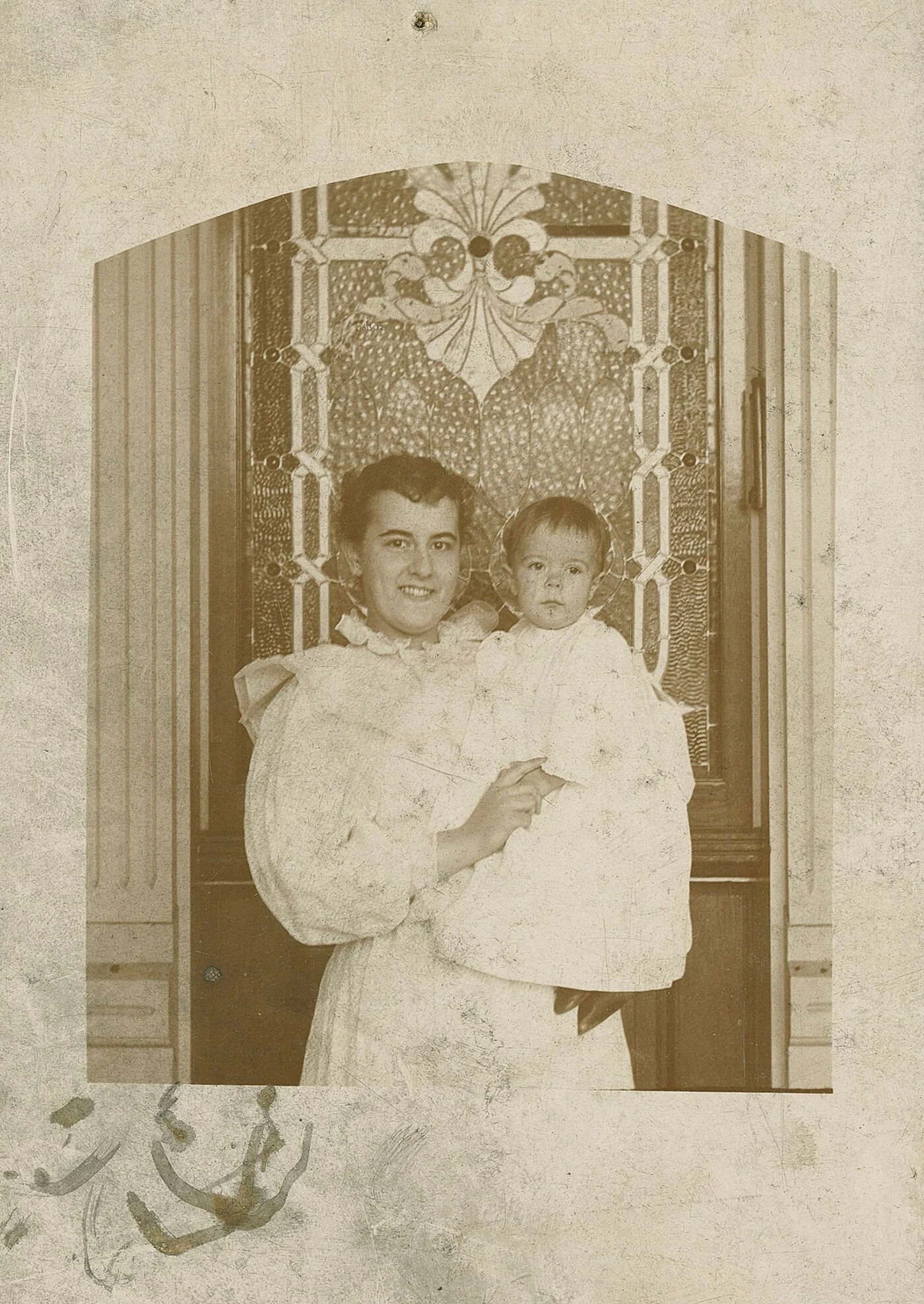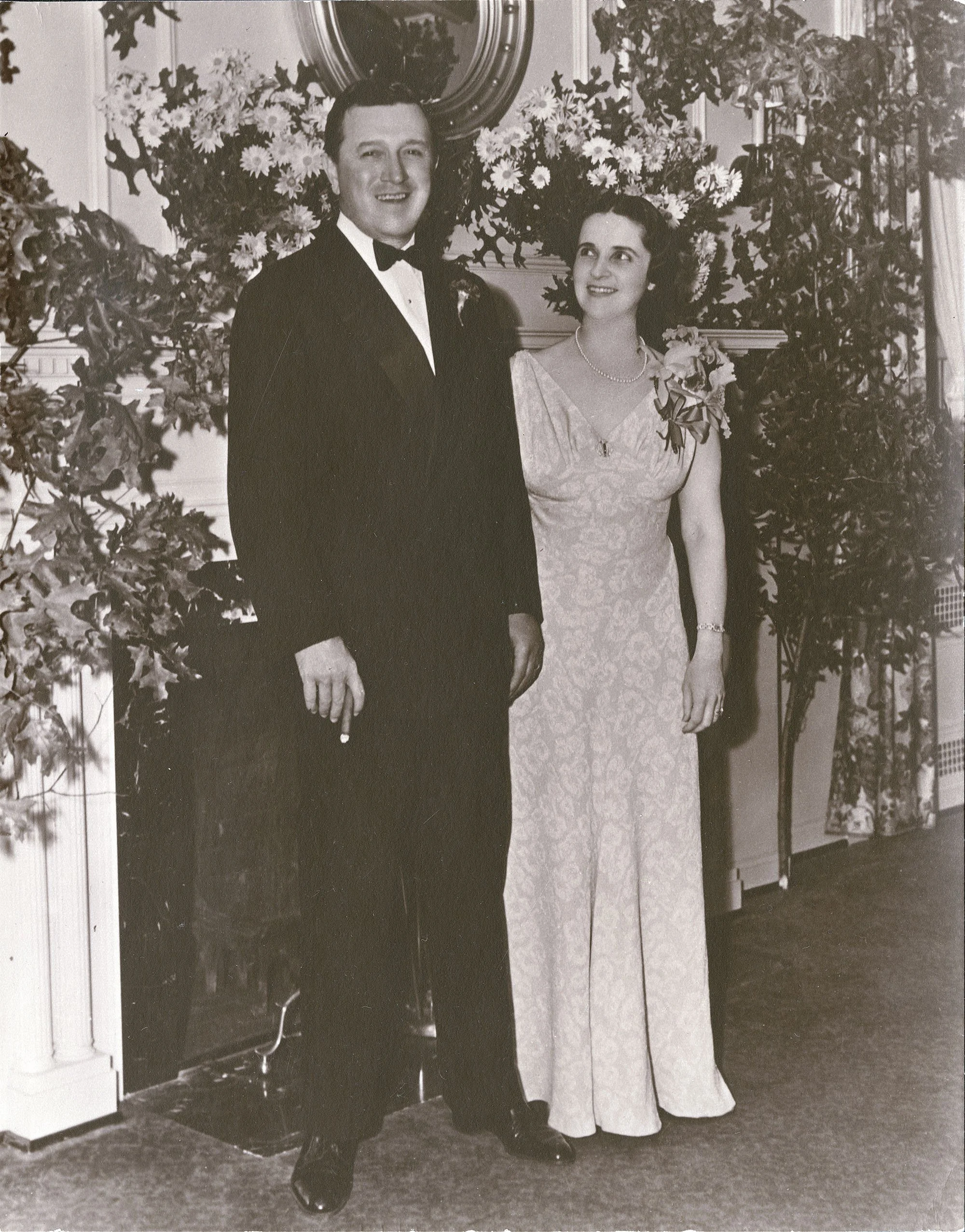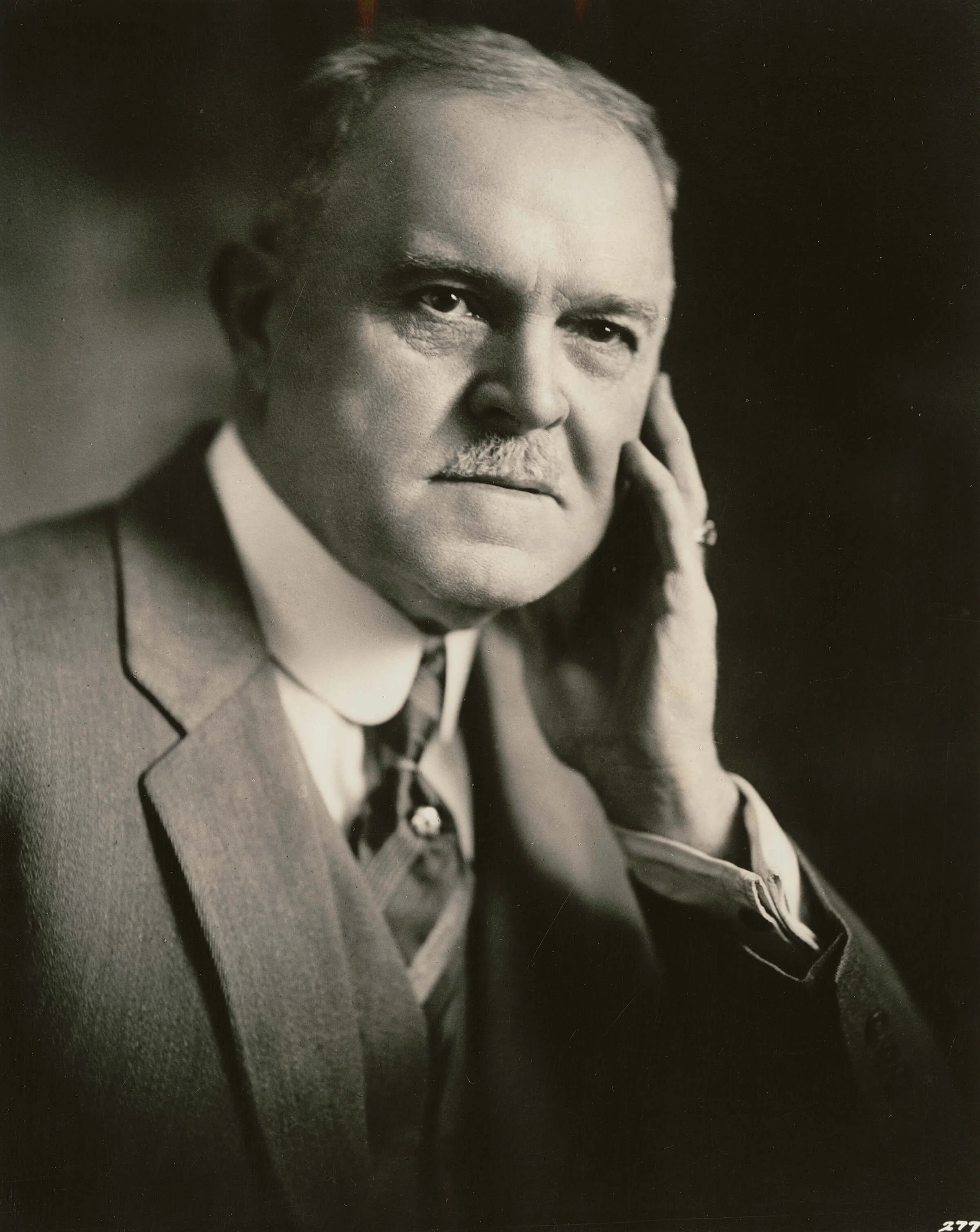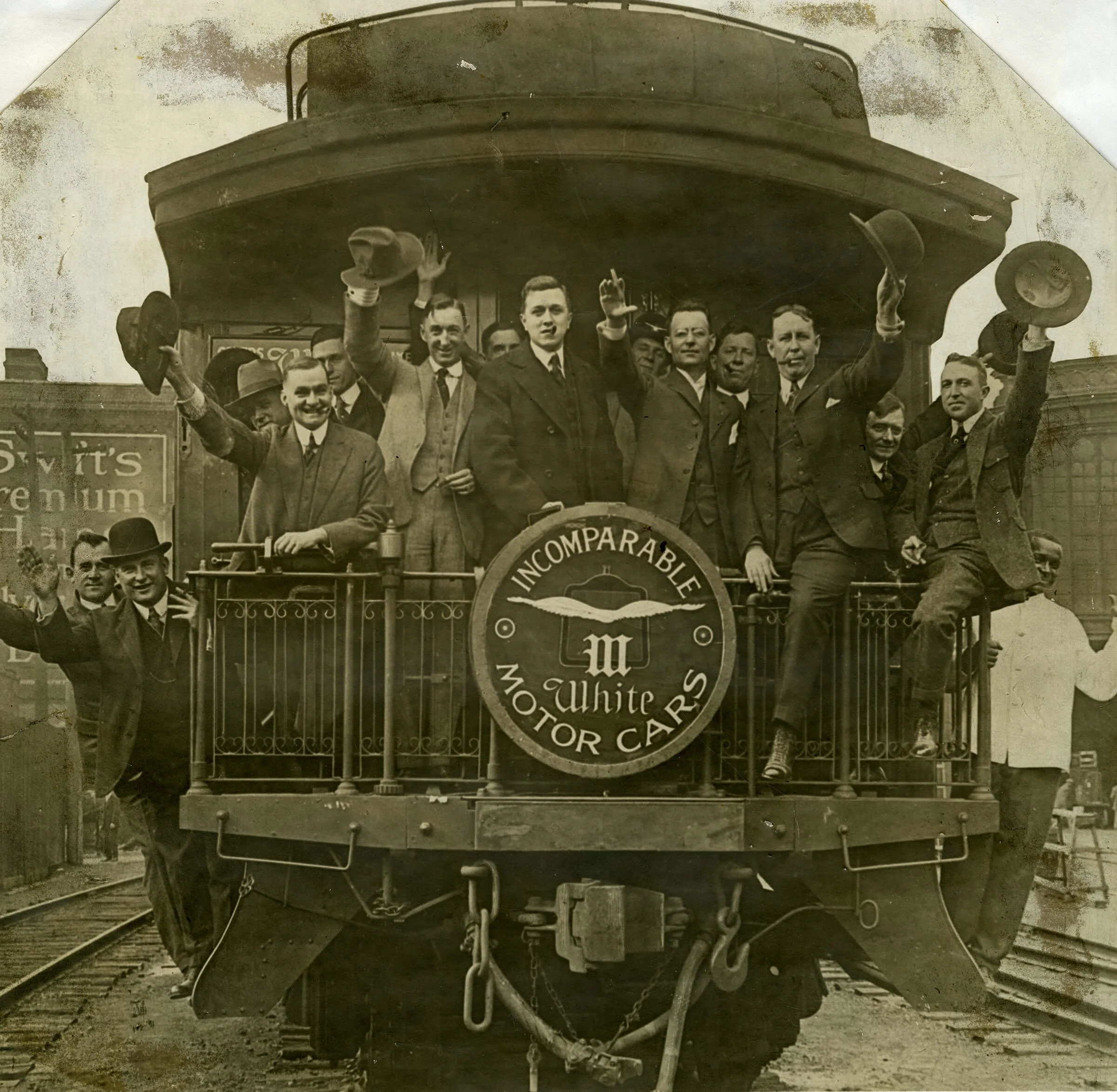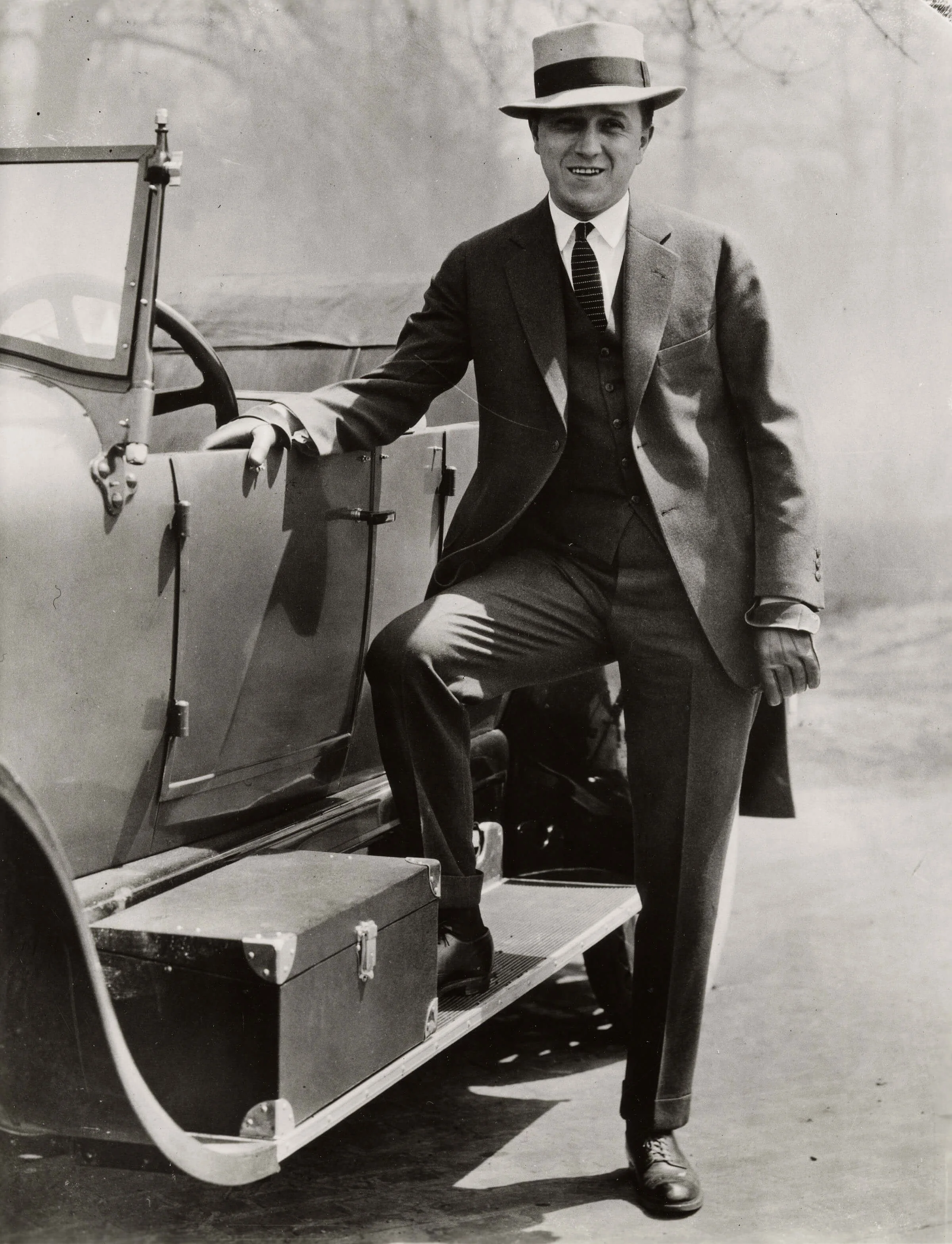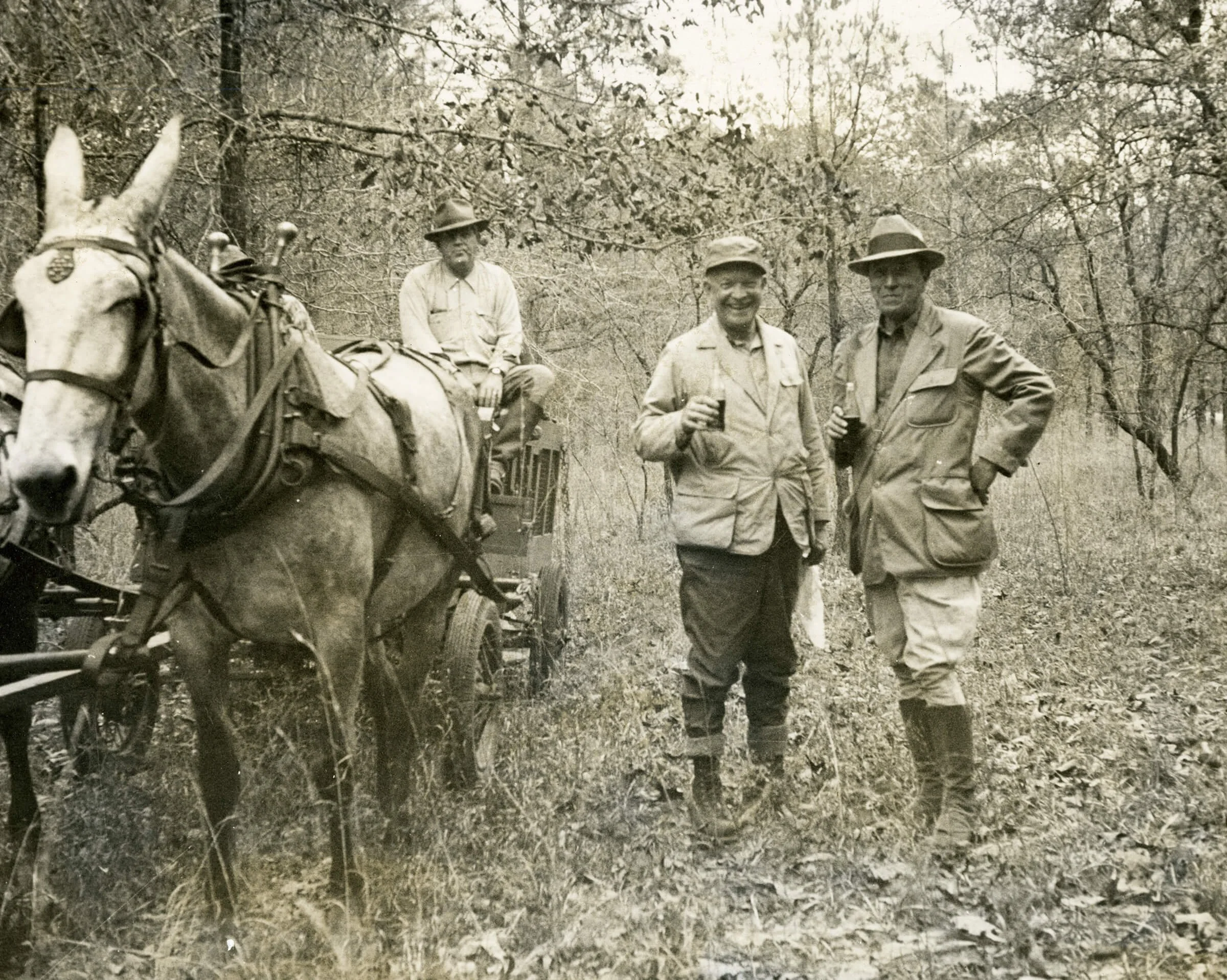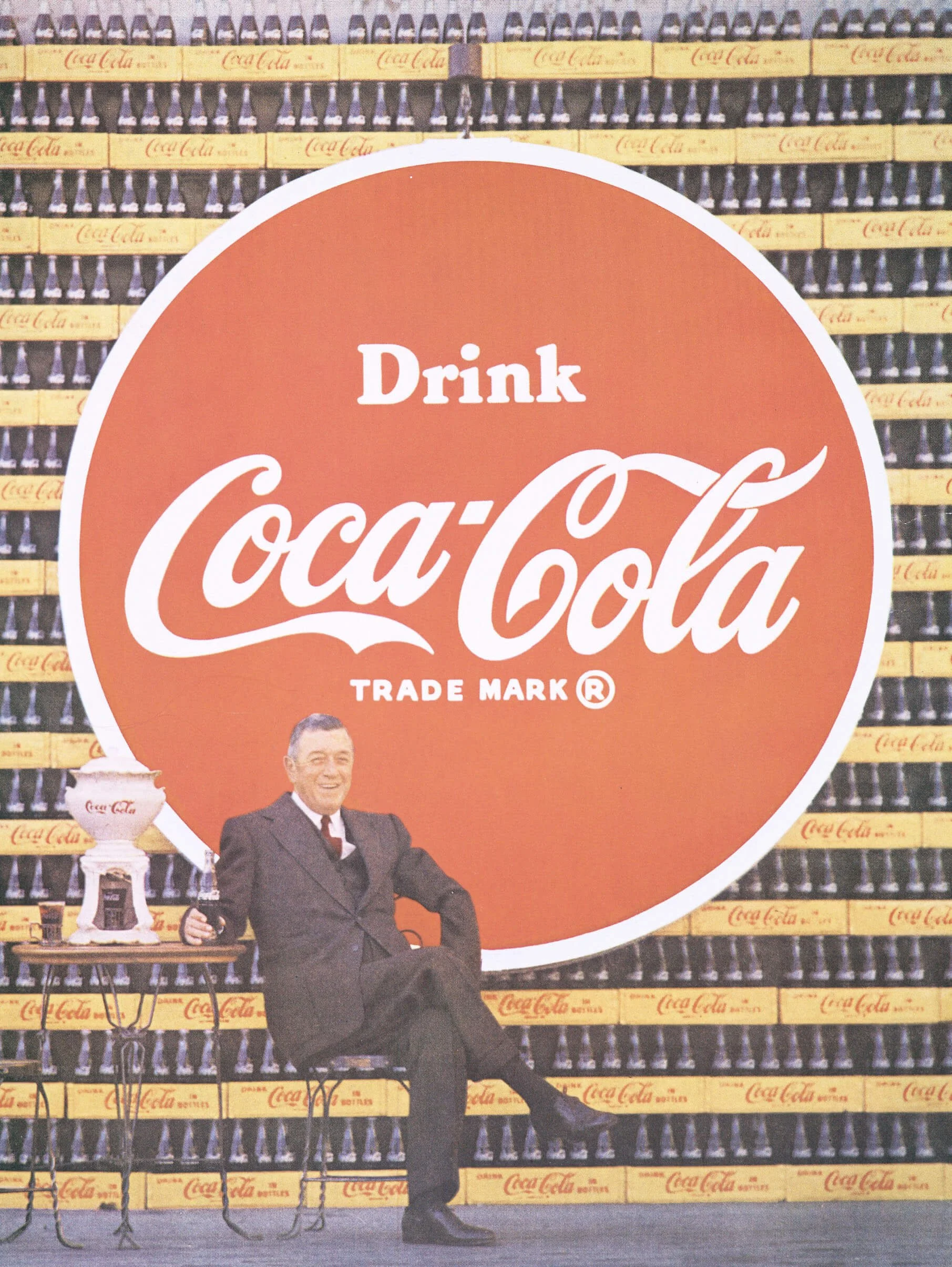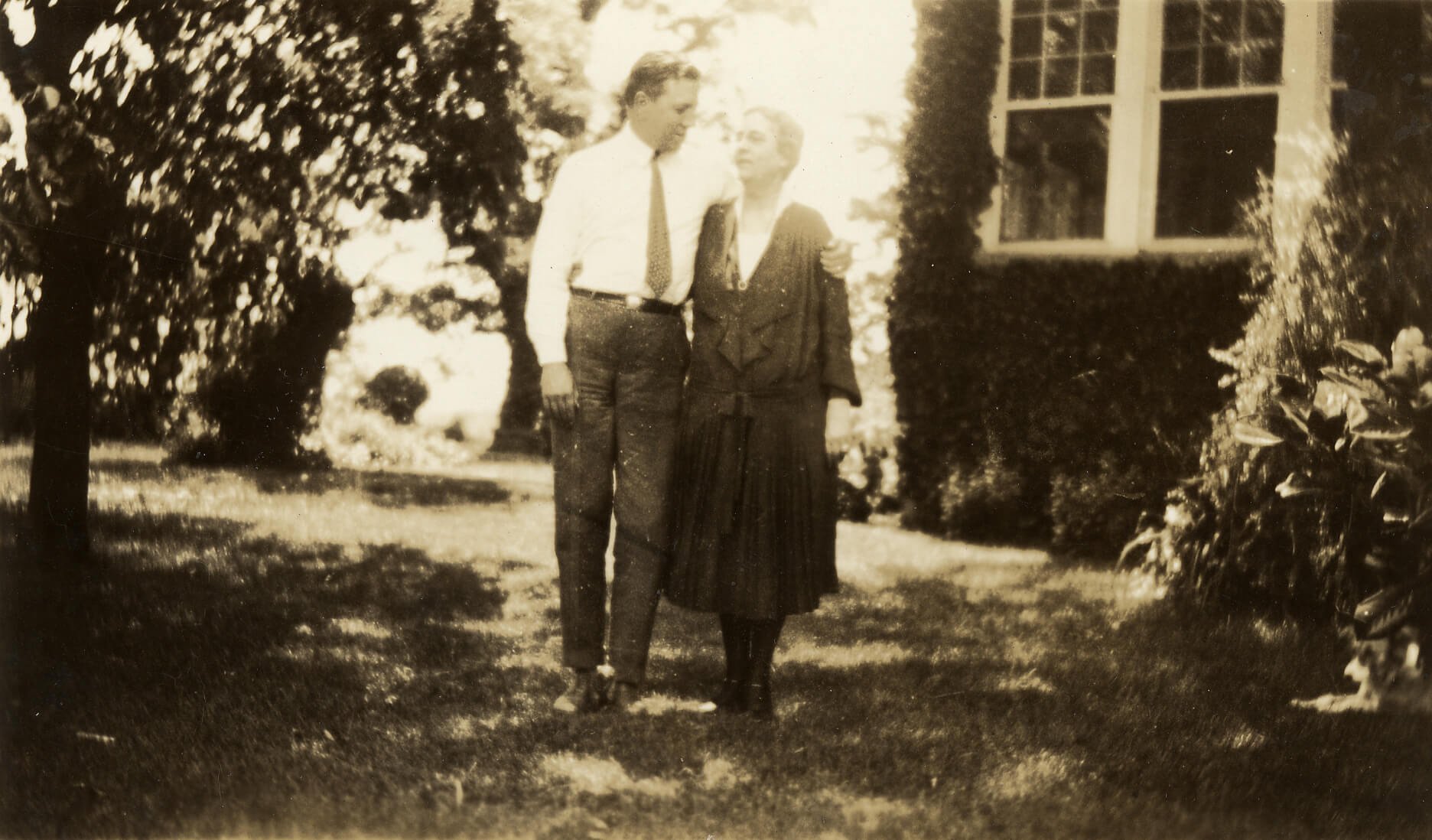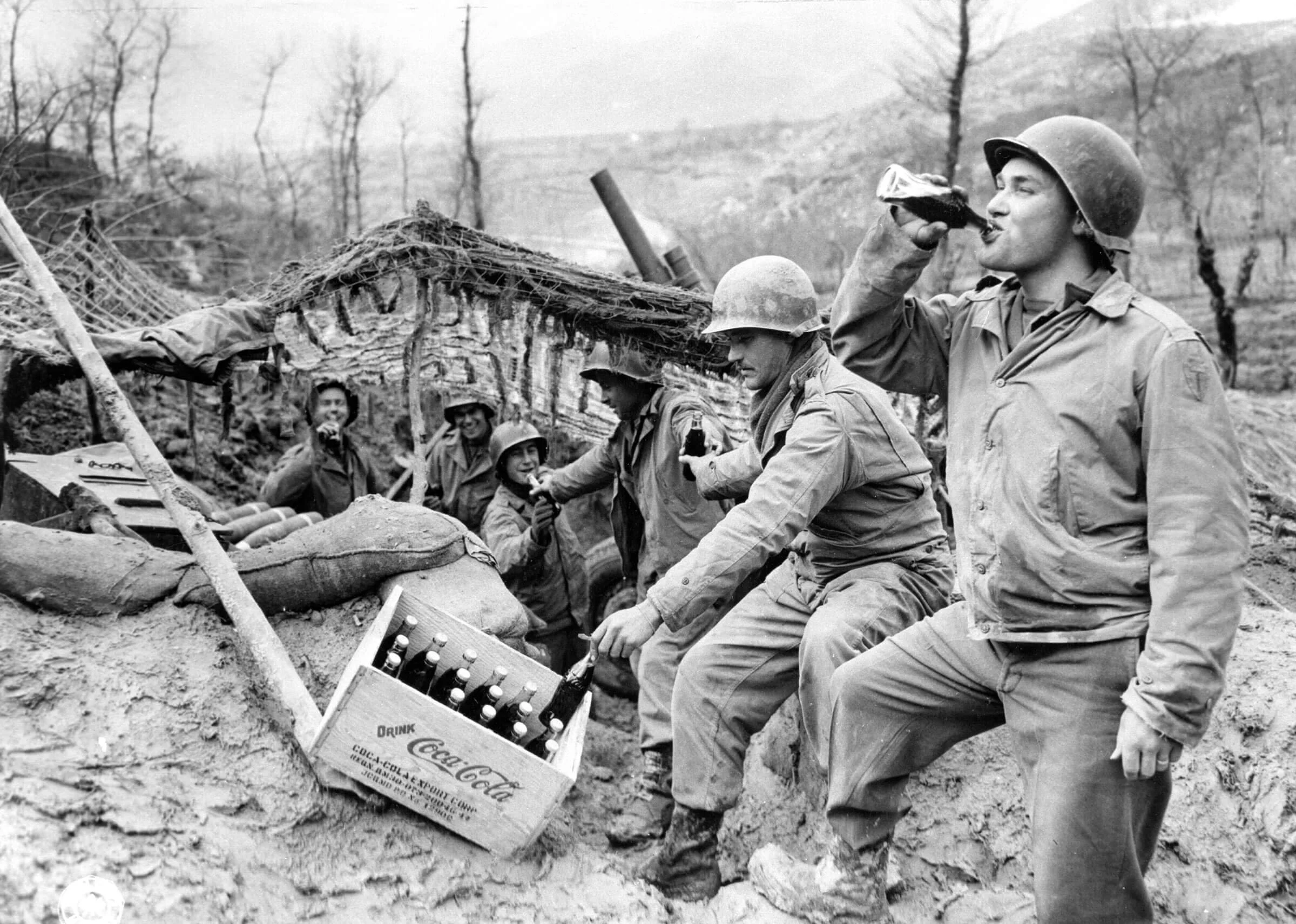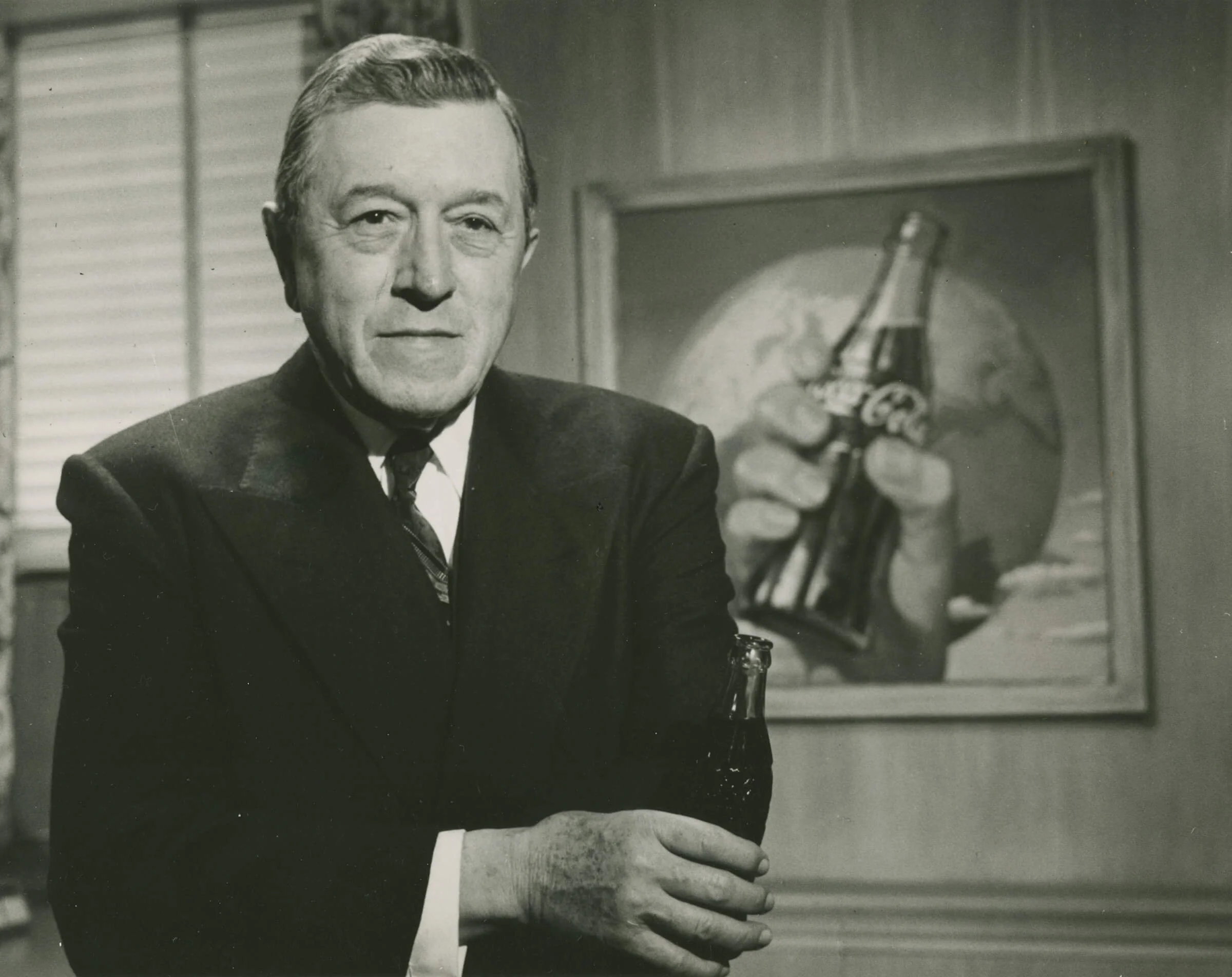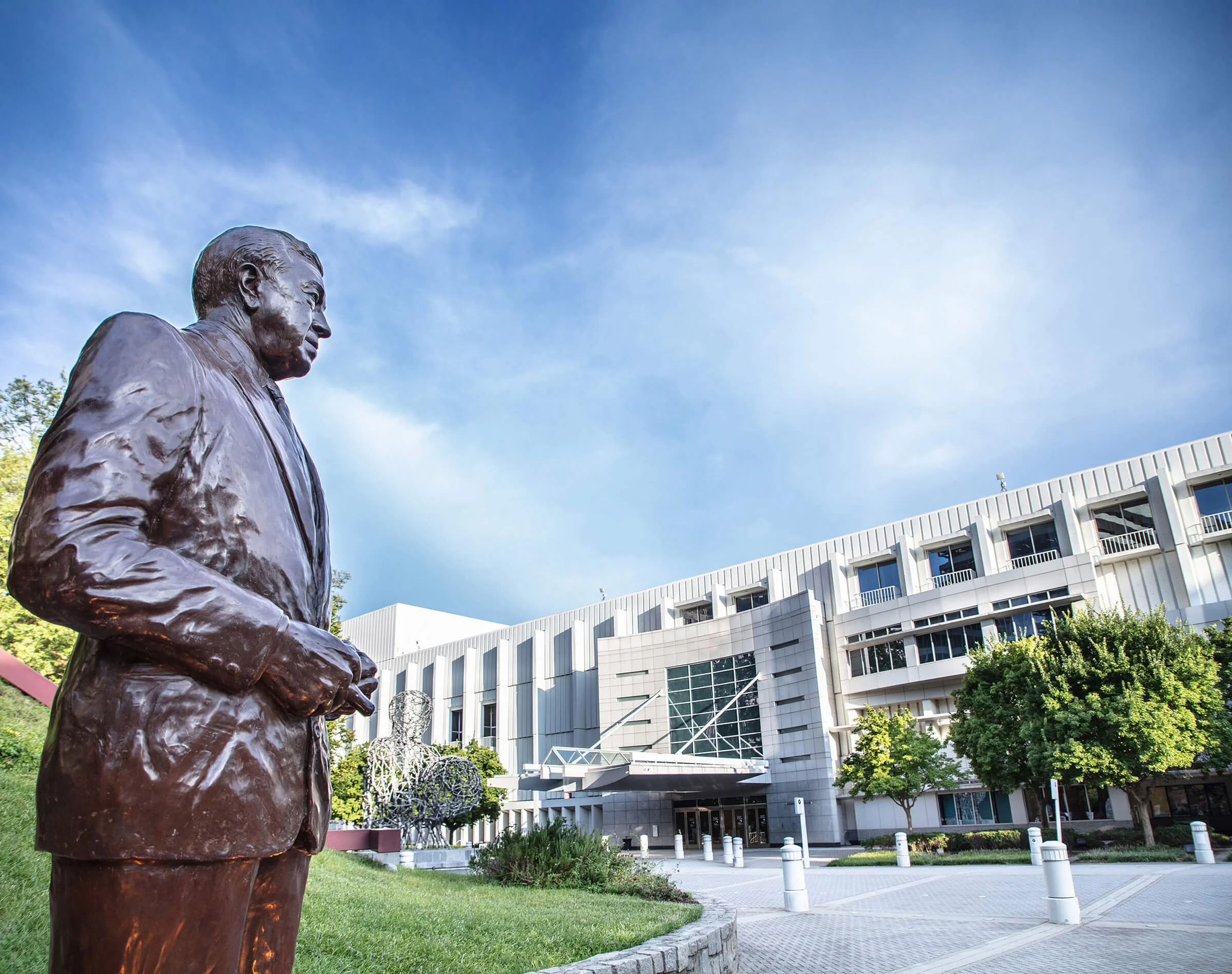
Woodruff Arts Center by Jonathan BanksAbout | Robert W. Woodruff
Robert W. Woodruff
Robert Winship Woodruff was a remarkable businessman and philanthropist. He became president of The Coca-Cola Company in 1923 and guided it until his death in 1985, helping to shape the company from a local soft drink business into the world’s best-known brand.
Mr. Woodruff was not only dedicated to The Coca-Cola Company, but also to his friends, business associates and community. He remembered hundreds of friends’ birthdays each year with the gift of a rose in a Coca-Cola bottle, and his life is filled with stories of large and small acts of generosity.
In civic life, Mr. Woodruff preferred to remain in the background, making anonymous gifts that greatly enriched his hometown of Atlanta. His philanthropy focused on transforming the small, bustling railroad town into a world-class city, and he made significant gifts to Atlanta’s health, educational and cultural institutions.
Whatever the gift, Mr. Woodruff believed in giving quietly. On his desk sat a quote embodying his life’s creed: “There is no limit to what a man can do or where he can go if he doesn’t mind who gets the credit.”
Timeline
1889
1889
Robert Winship Woodruff is born to Emily and Ernest Woodruff. They name him for his maternal grandfather Robert Winship, who runs the Winship Machine Company. Ernest is a successful businessman who leads the Trust Company of Georgia, a predecessor to Truist Bank. Robert grows up in Atlanta and dreams of becoming either a big game guide in the West like his hero Buffalo Bill, or a successful businessman who would “make a million dollars.”
1900s
1900s
In 1905 Robert begins attending Georgia Military Academy, which he claims is “the only place from which I ever graduated.” Ernest enrolls him in Oxford College of Emory University in 1908, but Robert is an indifferent student. He is dismissed after one semester and takes his first job at the General Pipe and Foundry Company, where he shovels sand for 60 cents a day.
1912
1912
Robert marries Nell Kendall Hodgson of Athens, which he calls “the most satisfying moment of my life.” Nell is committed to nursing and trains nurse’s aides during WWI as a Red Cross volunteer. During WWII, she earns the rare honor of serving as a nurse’s aide in any U.S. military hospital. Nell is the only woman to serve as a U.S. delegate to the World Health Organization in 1954 and receives a second appointment to the delegation from President Eisenhower in 1955. Emory names its nursing school the Nell Hodgson Woodruff School of Nursing in 1967.
1919
1919
Ernest leads a consortium of businessmen to buy The Coca-Cola Company from Asa Candler for $25 million. Stock is sold for $40 a share. Son Robert borrows money to purchase the stock, believing the company has a future.
1921
1921
Robert is promoted to vice president and general sales manager of White Motor Company, where he started out selling trucks just a few years earlier. He has his first transaction with The Coca-Cola Company in the same year, selling it 30 trucks for the growing business.
1923
1923
Coca-Cola’s board offers 33-year-old Robert the job of president. The company is struggling – it owes millions of dollars and its stock has plummeted to $18 a share. Robert agrees to the job despite a steep pay cut, explaining, “I figured that if I ever brought the price of stock back to what I had paid for it, I’d sell and get even. Then I’d go back to selling cars and trucks.”
1928
1928
An avid outdoorsman, Robert purchases a hunting reserve in southwest Georgia with friend and former employer Walter White. They call it Ichauway after Ichawaynochaway Creek, named by the Muscogee tribe for the deer (“icho”) that slept there (“anocha”). Nell and Robert visit Ichauway often to relax and entertain friends. In his will, Robert expresses the wish to maintain Ichauway as a natural preserve. After seeking counsel from scientists and naturalists, Trustees of the Robert W. Woodruff Foundation establish the Jones Center at Ichauway in 1991.
1930s
1930s
Robert presides over the growth of The Coca-Cola Company, which flourishes under his leadership and his high standards for marketing, quality and service. The company weathers the Great Depression with rising profits every year, since “everyone has a nickel” to spend on a Coke. By the late 1930s, the brand is a household name.
1937
1937
Robert’s mother Emily is diagnosed with cancer. To honor her battle and his beloved grandfather (both are lost to cancer), he gives $50,000 to Emory University to open the Robert Winship Memorial Clinic, which grows into the Winship Cancer Institute.
To further carry out his philanthropy, Robert establishes the Trebor Foundation (“Trebor” is Robert spelled backwards). The next year, he persuades his parents to set up the Emily and Ernest Woodruff Fund.
1940s
1940s
When WWII leads to the rationing of sugar (a key ingredient in Coca-Cola), Robert promises to deliver five-cent Cokes to all American service personnel. Coca-Cola is exempted from the sugar ration and sets up 64 “war plants” that supply the bottled drink for soldiers in China, Europe, North Africa and the Pacific. The company expands the plants postwar: by 1968, 50% of net profits come from overseas operations, fulfilling Robert’s vision to put Coca-Cola “within an arm’s reach of desire” across the world.
1955
1955
Robert retires from The Coca-Cola Company but remains Chairman of the Executive Committee of the Board of Directors. He continues to steer the company’s affairs, guiding and advising officers. He handpicks Coca-Cola’s next generation of leaders: Roberto C. Goizueta and Donald R. Keough.
1960s
1960s
Robert continues to make invaluable contributions to Atlanta. He supports Mayors William B. Hartsfield and Ivan Allen Jr. as they work to integrate the city, and he helps ensure a successful Nobel Peace Prize dinner for Dr. Martin Luther King Jr. in 1964. Philanthropic gifts help establish Emory’s Robert W. Woodruff Health Sciences Center in 1966 and Atlanta’s Memorial Arts Center in 1967, which is renamed the Woodruff Arts Center in 1982.
1979
1979
Robert and his brother George donate the $105 million corpus of the Emily and Ernest Woodruff Fund to Emory University in the form of three million shares of Coca-Cola stock. It is the first nine-figure gift to an institution of higher education in the country.
1985
1985
Robert is laid to rest in Westview Cemetery beside his wife Nell, who preceded him in 1968. Robert’s own estimation of his life can be summed up by the words of a plaque he displayed prominently in his home: “When I compare the things I’ve lost with the things I’ve gained, the things I’ve missed with what I might have attained, there is little room left for pride.”

